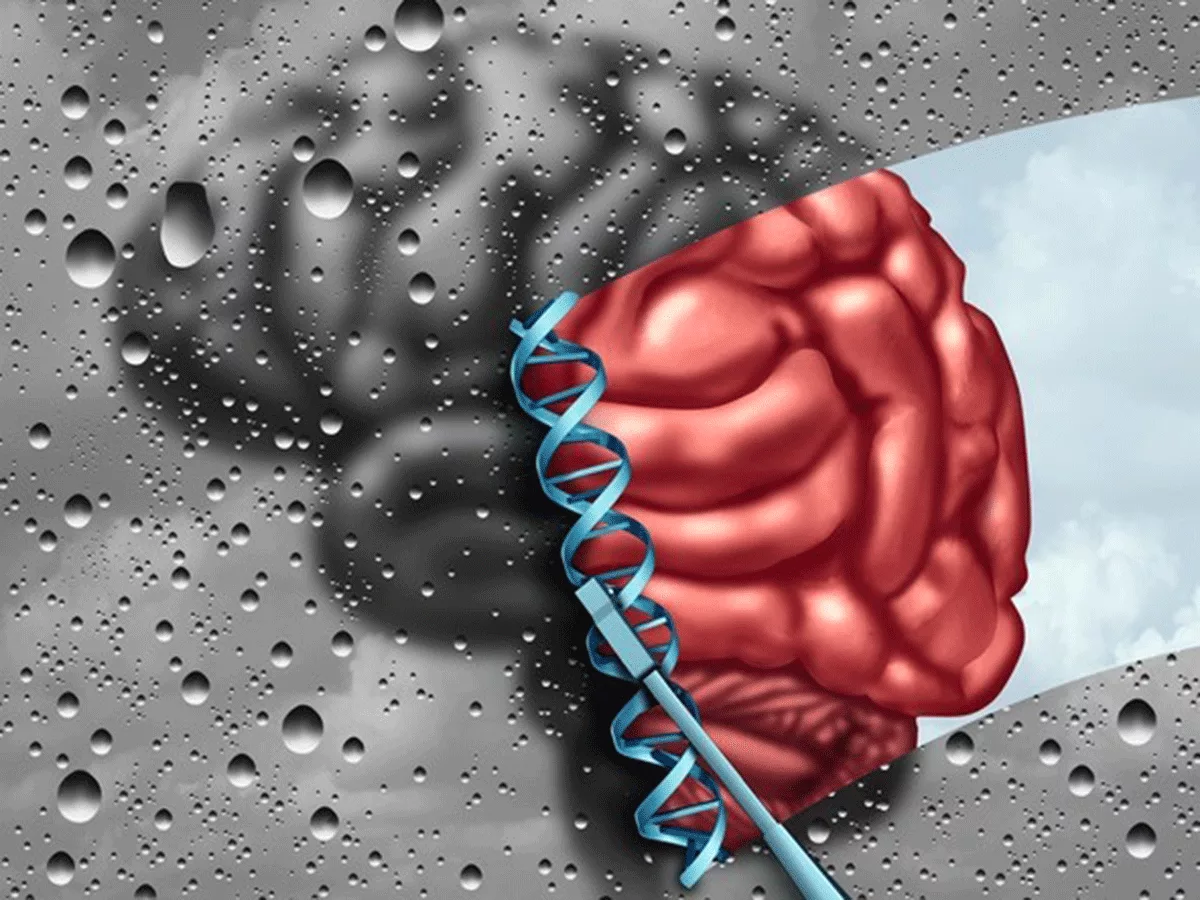The neurodevelopmental disorder MECP2 duplication syndrome (MDS) is caused by duplications spanning the methyl-CpG binding protein 2 gene (MECP2) locus, and researchers have shown that the MDS-like phenotype can be reversed in adult symptomatic mice using MECP2-specific antisense oligonucleotides (MECP2-ASOs).
MeCP2 is a dosage-sensitive protein, however, and too great a reduction of MeCP2 could cause Rett syndrome. To ensure that ASO doses can be properly titrated, a new humanized mouse model of MDS was needed with two human MECP2 alleles and no mouse allele, as in the previous model. Two human MECP2 transgenic mouse lines were crossed: Mecp2-/y;MECP2-TG1 (C57BL/6), which carries a copy of human MECP2 allele on a mouse Mecp2 null background, and Mecp2-/-; MECP2-GFP (FVB), which carries a copy of human MECP2 allele fused in its C terminus to GFP on a mouse Mecp2 null background. Two single human allele genotypes were bred – Mecp2-/y; MECP2-TG1 (hMECP2) and Mecp2-/y; MECP2-green fluorescent protein (hMECP2-GFP) – and one double human allele genotype Mecp2-/y; MECP2-TG1; MECP2-GFP (hDup).
The two single allele humanized mice showed similar behavioral profiles as naive WT mice. Compared to hMECP2-GFP mice, which showed MECP2 RNA expression similar to that in naive WT mice, age-matched hDup mice displayed increased anxiety, normal locomotor activity in the open field test, increased latency to fall on the accelerated rotarod and increased brain weight. hDup mice did not show social deficits in three-chamber and partition tests or EEG abnormalities. The findings were in line with MDS features seen in other mouse models and patients. Bolus injection of MECP2-ASO stereotaxically targeted to the right lateral ventricle of the brain led to wide ASO distribution across the brain and significant MECP2 mRNA knockdown. Dose-dependent knockdown was also achieved with increasing amounts of ASO.
Further experiments showed protein knockdown occurring later and to a lesser degree than the mRNA knockdown. When hDup mice were administered either 250 or 500 mcg of MECP2-ASO in the right lateral ventricle, behavioral tests revealed no rescue of behaviors at 5 weeks but dose-dependent improvement at 9 weeks. The higher dose rescued reduced exploratory behavior in the open field test and abnormal contextual learning in a fear conditioning test, while both doses reversed the prolonged latency to fall from the rotarod. Anxiety-like behavior was not rescued and increased brain weight was also not improved. The work demonstrates the feasibility of the ASO approach for treating neurodevelopmental disorders linked to dosage-sensitive genes

